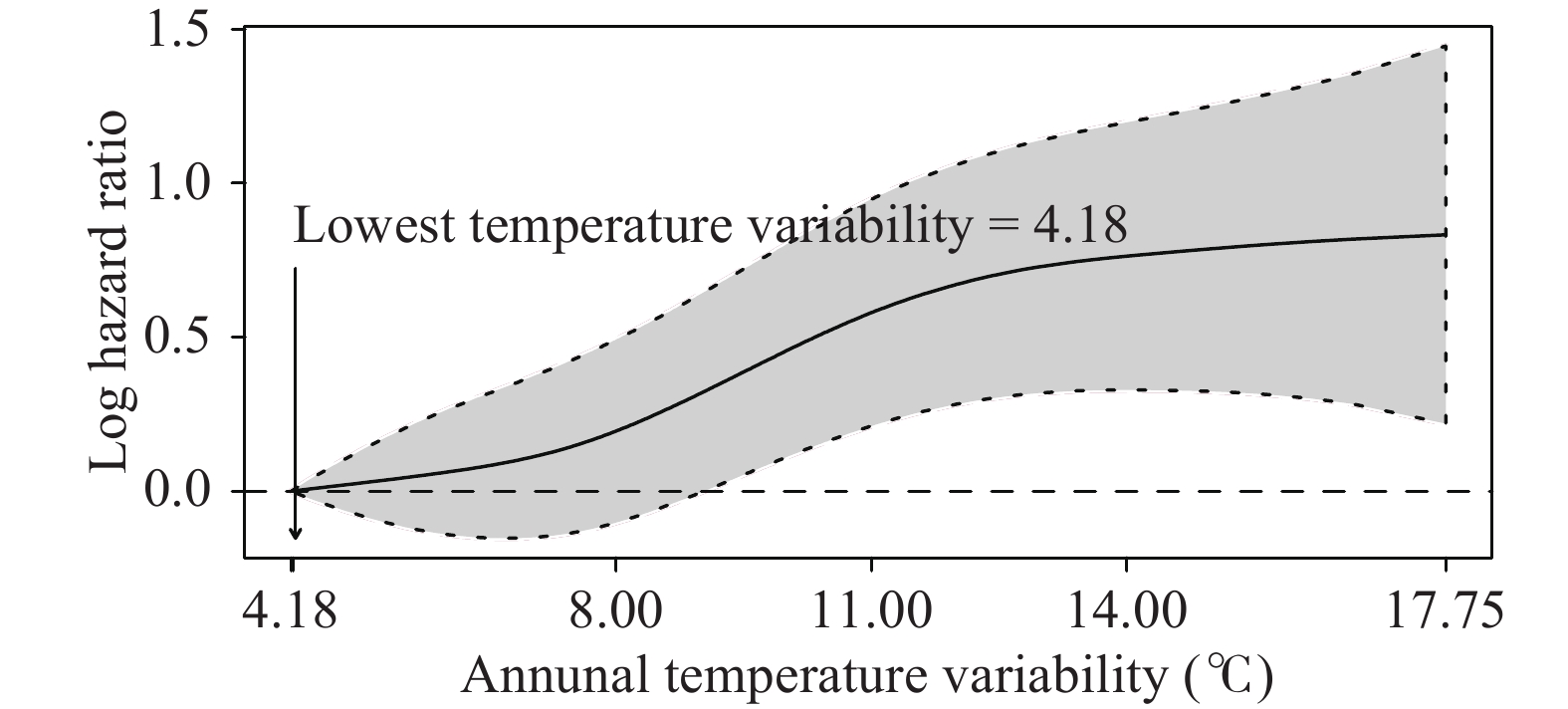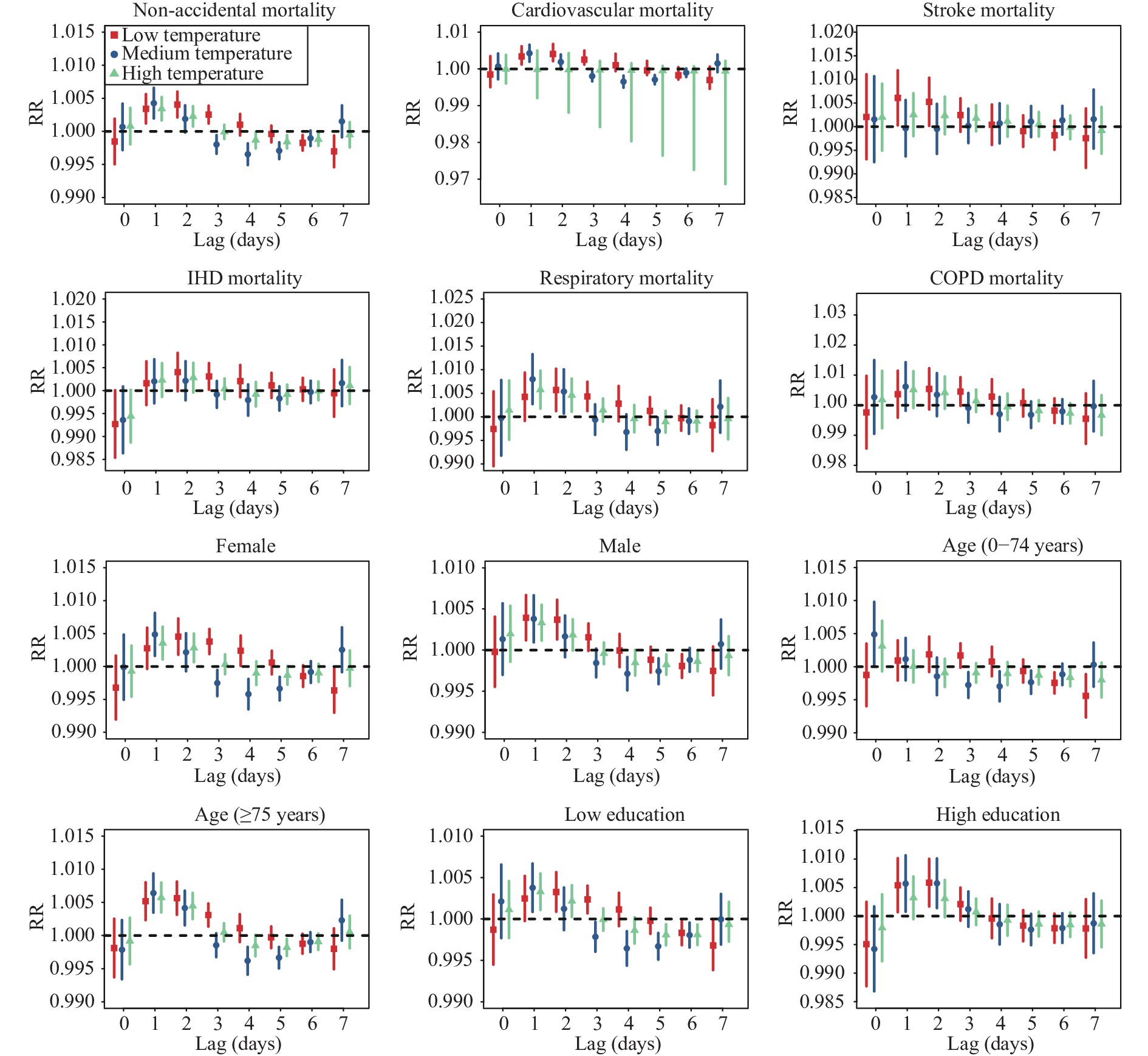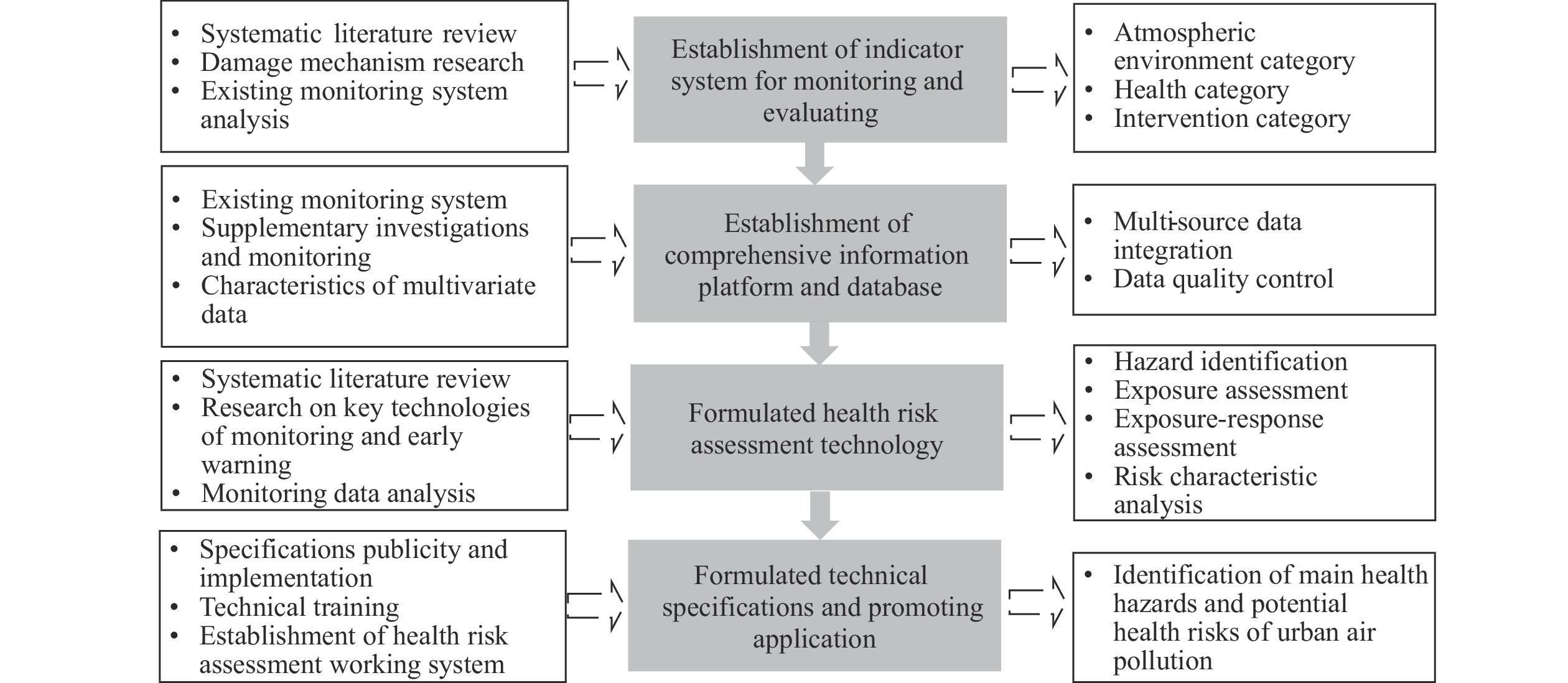2022 Vol. 4, No. 26
Long-term temperature variability (TV) has been examined to be associated with cardiovascular disease (CVD). TV-related dyslipidemia helps us understand the mechanism of how climate change affects CVD.
Based on the China Health and Retirement Longitudinal Study (CHARLS) from 2011 to 2018, this study estimated the long-term effect of TV on dyslipidemia in middle-aged and elderly adults.
This study suggested that long-term TV may increase the risk of dyslipidemia. With the threat of climate change, these findings have great significance for making policies and adaptive strategies to reduce relevant risk of CVD.
Environmental factors such as temperature and humidity play important roles in the transmission of severe acute respiratory syndrome coronavirus 2 (SARS-CoV-2) via droplets/aerosols.
Higher relative humidity (61%–80%), longer spreading time (120 min), and greater dispersal distance (1 m) significantly reduced SARS-CoV-2 pseudovirus loads. There was an interaction effect between relative humidity and spreading time.
The findings contribute to our understanding of the impact of environmental factors on the transmission of SARS-CoV-2 via airborne droplets/aerosols.
There is a large body of epidemiological evidence showing significantly increased mortality risks from air pollution and temperature. However, findings on the modification of the association between air pollution and mortality by temperature are mixed.
We used a varying coefficient distributed lag model to assess the complex interplay between air temperature and PM2.5 on daily mortality in Guangzhou City from 2013 to 2020, with the aim of establishing the PM2.5-mortality association at different temperatures and exploring synergetic mortality risks from PM2.5 and temperature on vulnerable populations.
We observed near-linear concentration-response associations between PM2.5 and mortality across different temperature levels. Each 10 μg/m³ increase of PM2.5 in low, medium, and high temperature strata was associated with increments of 0.73% [95% confidence interval (CI): 0.38%, 1.09%], 0.12% (95% CI: −0.27%, 0.52%), and 0.46% (95% CI: 0.11%, 0.81%) in non-accidental mortality, with a statistically significant difference between low and medium temperatures (P=0.02). There were significant modification effects of PM2.5 by low temperature for cardiovascular mortality and among individuals 75 years or older.
Low temperatures may exacerbate physiological responses to short-term PM2.5 exposure in Guangzhou, China.
Air pollution is a significant risk factor contributing to the burden of disease in China. Health risk assessment and management are important to reduce the impact of air pollution on public health. To help formulate standardized health risk assessment techniques, a series of studies were conducted from 2006 to 2019. Through systematic review, study of molecular mechanisms, epidemiological investigation, and health effect monitoring, the overall project established a monitoring and evaluation indicator system, a comprehensive information platform, software for automatic data cleaning, and standardized health risk assessment techniques. Technical specifications have been issued by the National Health Commission for promoting health risk assessments across China. This paper introduces the project, the research approach, its main research accomplishments, innovations, and public health significance, and describes directions for further research.



 Subscribe for E-mail Alerts
Subscribe for E-mail Alerts CCDC Weekly RSS Feed
CCDC Weekly RSS Feed


